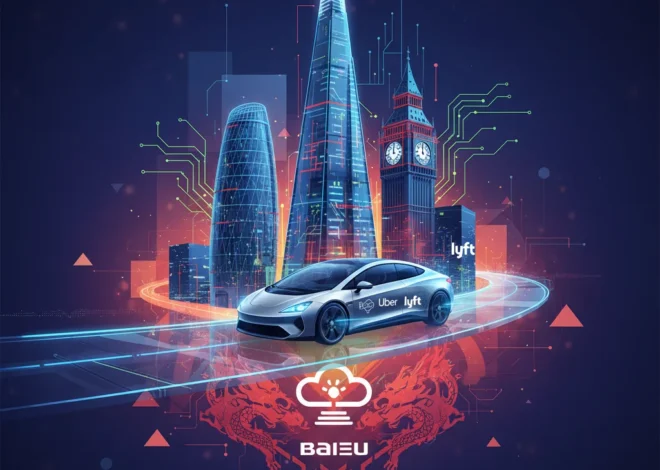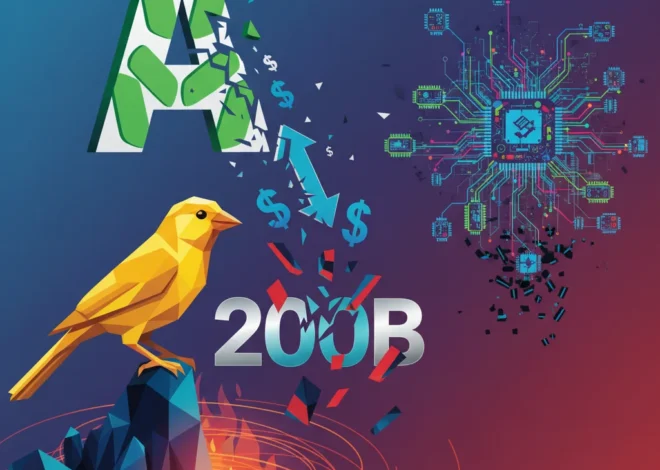Beyond the Hype: Is Elon Musk’s Optimus Robot the Future of Everything?
The Billion-Dollar Question: Why Is a Car Company Building a Human?
When Elon Musk, the visionary and often controversial CEO of Tesla, stands on stage, the world listens. But his latest obsession isn’t a new electric car or a rocket to Mars. It’s a five-foot-eight, 125-pound humanoid robot named Optimus. Musk has made the audacious claim that this robot could one day be more valuable than Tesla’s entire car business, believing Optimus “could play a big role in the lives of people around the world,” as reported by the BBC. This isn’t just a side project; it’s a fundamental pillar of his vision for the future.
But in a world of specialized machines, drones, and wheeled robots, why bet the farm on a human-shaped one? The answer lies in a simple, profound observation: the world was built by and for humans. From staircases and doorknobs to factory floors and kitchen counters, our entire infrastructure is designed for the human form. Instead of re-engineering the world for robots, Musk’s gamble is to engineer a robot for the world. This post will dive deep into the technology behind Optimus, the monumental challenges it faces, and what its success—or failure—means for the future of work, automation, and humanity itself.
The Brains Behind the Brawn: Tesla’s AI-Powered Nervous System
Optimus isn’t just a collection of motors and sensors; it’s an “embodied AI.” Its true value lies in its software, which is a direct descendant of the very same artificial intelligence that powers Tesla’s Full Self-Driving (FSD) cars. This is Tesla’s secret weapon. For years, the company has been collecting immense amounts of real-world video data from its global fleet of vehicles. This data is used to train neural networks that can interpret and navigate a complex, unpredictable world.
The core idea is to apply this same AI stack to a bipedal robot. Instead of learning to identify pedestrians and traffic lights, the AI will learn to identify tools, obstacles, and human commands. This transition from navigating roads to manipulating objects is one of the most difficult problems in AI and robotics. It requires a sophisticated understanding of physics, spatial awareness, and fine motor control—all processed in real-time.
The entire operation is a massive undertaking in machine learning, relying on powerful data centers and a robust cloud infrastructure to train and refine the robot’s capabilities. As Optimus learns new skills, these can be deployed to the entire fleet via over-the-air updates, much like a SaaS (Software as a Service) model for physical labor. This is a paradigm shift from traditional industrial robots that require painstaking, manual programming for every single task.
O2's Pricing Fiasco: A Masterclass in What Not to Do for SaaS and Tech Startups
Why a Humanoid? The Form Factor Debate
The decision to pursue a humanoid form is one of the most debated aspects of the Optimus project. Critics argue that specialized robots (like a robotic arm on a wheeled base) are far more efficient for specific tasks. A humanoid robot is a “master of none,” potentially slower and more complex than necessary. However, the Tesla team believes the versatility of the humanoid form is its greatest strength.
A single Optimus unit could theoretically be trained to perform a vast array of tasks without any changes to the environment. One day it could be assembling car parts, the next it could be stocking shelves in a warehouse, and the next it could be assisting in a disaster recovery zone. This flexibility is the key to unlocking Musk’s vision of a robot that can replace “boring, repetitive, and dangerous” human labor on a global scale.
To understand where Optimus stands, it’s helpful to see it in the context of the broader humanoid robotics landscape. While Tesla’s progress has been rapid, it’s building on decades of research from pioneers in the field.
Below is a comparison of some leading humanoid robots currently in development:
| Robot | Developer | Key Features & Focus | Status |
|---|---|---|---|
| Optimus (Gen 2) | Tesla | Leverages FSD AI, focuses on real-world tasks, designed for mass manufacturing. Features Tesla-designed actuators and sensors. | Prototype/Development |
| Atlas | Boston Dynamics | Famous for incredible agility, acrobatics, and dynamic movement. Primarily a research platform to push the limits of mobility. | Research/Demonstration |
| Figure 01 | Figure AI | Focused on logistics and manufacturing from day one. Backed by major tech players like OpenAI, Microsoft, and NVIDIA. Recently raised $675 million. | Partnership/Development |
| Digit | Agility Robotics | Designed for logistics and warehouse “tote-to-tote” operations. Already has pilot programs with major companies like Amazon. | Commercial Pilots |
A New Frontier for Startups and Developers
While Tesla aims to build the “hardware” and core OS, the rise of a general-purpose robot creates a platform opportunity reminiscent of the smartphone. Just as Apple created the App Store, the success of Optimus could spawn an entire ecosystem of third-party development. This is where the opportunity for startups and entrepreneurs becomes incredibly exciting.
We can envision a future “Skill Store” for robots, where companies and individual developers could design and sell specialized software for Optimus. Imagine:
- A startup creating a “Chef” software package that allows Optimus to perform complex culinary tasks.
- A physical therapy company designing movements and routines for patient rehabilitation.
– A logistics firm developing hyper-efficient warehouse-picking algorithms.
This opens up new avenues for programming, requiring skills that blend traditional code with machine learning and physical simulation. For developers, this means a new frontier beyond screens and servers. For entrepreneurs, it means the chance to build businesses on top of a revolutionary new platform, solving niche problems that a large company like Tesla might overlook.
The Spyware on Your Cap Table: When Big Law and Big Money Back Controversial Tech
The Long Road Ahead: From Prototype to Product
Despite the rapid progress, the path to mass adoption is fraught with challenges. The “hand problem” remains one of the toughest nuts to crack in robotics. Creating hands that can replicate the delicacy and strength of a human’s is an immense mechanical and computational challenge. According to a 2022 study in Science Robotics, achieving human-like dexterity is a key barrier to widespread adoption.
Other major hurdles include:
- Battery Life: Keeping a powerful, mobile robot running for an entire 8-hour shift is a significant energy challenge.
- Cost: For mass adoption, the cost of a unit must be less than the cost of the human labor it replaces. Musk has targeted a price point under $20,000, which is incredibly ambitious.
- Safety and Reliability: The robot must be able to operate safely alongside humans, failing gracefully and predictably without causing harm.
Tesla is already deploying early Optimus prototypes in its own factories, using them as a real-world testbed to gather data and refine its capabilities. Recent videos have shown the robot performing tasks like sorting battery cells, demonstrating tangible progress toward its goal of factory automation. Each small success is a step towards the larger vision.
When Hype Hits Reality: The Spectacular Misfire of a Peter Thiel-Backed AI Drone Startup
The Ultimate Gamble on the Future of Labor
Elon Musk’s bet on Optimus is more than just a bet on a new product; it’s a bet on a fundamental shift in the nature of labor and economic production. If he succeeds, he won’t just have created a useful machine; he will have created a platform for abundance, a tool that could potentially solve labor shortages, dramatically increase productivity, and reshape society in ways we are only beginning to imagine.
The journey will be long and filled with setbacks. But whether Optimus becomes the iPhone of robotics or a fascinating but ultimately failed experiment, its development is pushing the boundaries of artificial intelligence, engineering, and innovation. It forces us all—developers, entrepreneurs, and the public—to confront a future where the line between human and machine labor becomes increasingly blurred.


